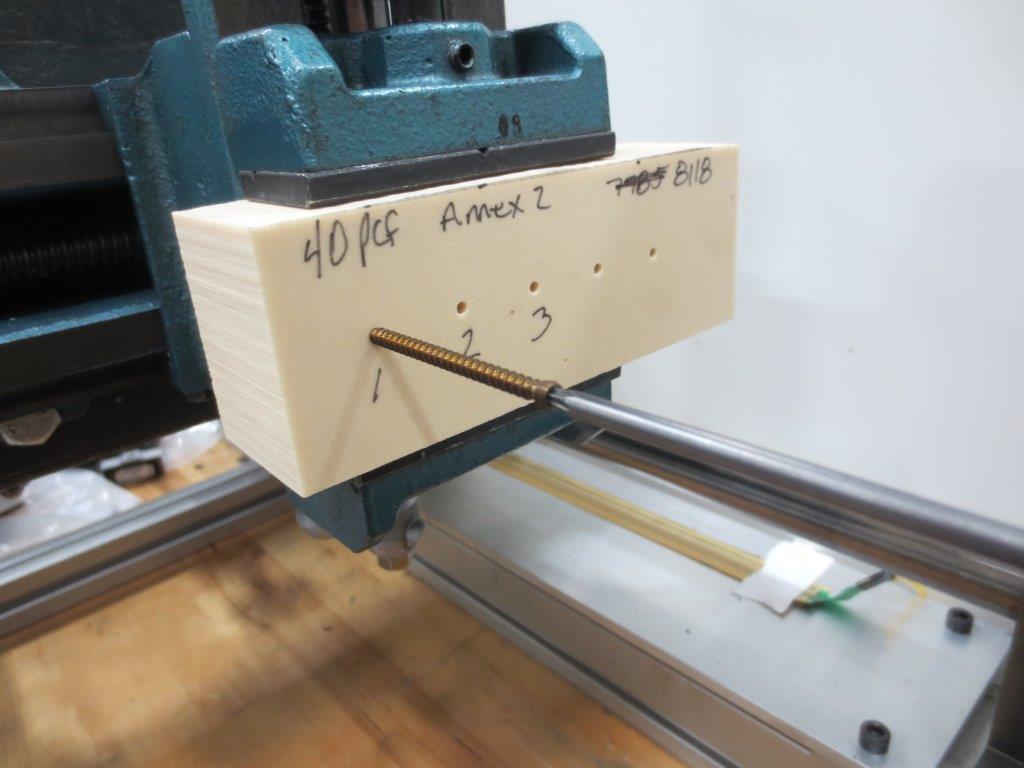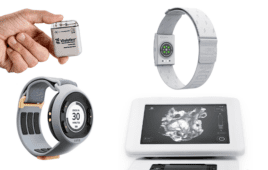Today, as the global medical implant industry exceeds $200 billion, it is estimated that nearly 20% of all adults have received a medical or dental implant of one type or another. No doubt, medical implants have improved the quality of life for millions. But when devices suddenly fail or do not meet quality or life expectancy, the results can be disastrous for all involved: from the patient, manufacturer, surgeon, and even the healthcare facility itself. Consequently, today’s courtrooms are a logjam of lawsuits as medical device failure has surpassed mesothelioma as the most litigated cases.
CAD Model Simulation
Like nearly all companies, medical implant manufacturers face the challenge to accelerate product development while creating products that are increasingly innovative. Implant manufacturers are further challenged as they must balance this race to market with optimizing designs for quality: design, materials, and performance.
Computer-Aided Design (CAD) models are driving today’s product development processes. These models can be quickly analyzed with sophisticated simulation software to provide the designer with immediate feedback in terms of performance and structural integrity. The advantage is that a number of design alternatives can be generated and evaluated much faster than building and testing physical prototypes. Likewise, because these intelligent models contain product data, trade-offs in terms of design, materials, and cost to produce can be measured.
While computer models clearly have their place in the upstream stages of development, real-world physical testing should not be discounted in validating product integrity. Testing leverages the intangibles of human experience, such as years of practical application.
Laboratory Testing
John McCloy is founder and president of Engineered Assurance. As a Professional Engineer and metallurgical expert, McCloy is recognized for his expertise in medical explant testing, and is routinely called on to provide litigation support.
McCloy offers advice for those performing medical implant tests. “Titanium is the metal of choice for many implants. When testing implanted screws watch that Ra at minor diameters, as the roughness may compromise the performance of the tests; titanium is notch sensitive,” explains McCloy. “Coatings for bone migration are required by the FDA. However, they are delicate and usually require pre- and post-thermal treatments. Poorly performed thermal controls allow the Ti 6Al 4V ELI material to enlarge grains along the mating surfaces thereby creating micro-stress that provides nucleation sites for fatigue fractures.”
Metal plates and rods are routinely used in stabilizing broken bones and supporting spinal injuries, but even such seemingly simple devices can pose risks. Implants are secured to the bone with fastening screws. Although relatively simple by comparison, bone screws must undergo the same scrutiny and rigorous testing as any other more complex device. According to McCloy, self-tapping screws have been prone to tip breakage, because broken tips are not retrievable they pose a serious health risks. Additionally, when screws fail, the device fails. “Screws and fasteners are tested for tip breakage, break angle, torque, and bending fatigue,” says McCloy. “Testing ensures that ASTM A540 standards are met and that the product meets structural and metallurgical specifications. In surgery provide a torque limiting screwdriver with fasteners, as you never know how much torque might applied by the surgeon.”

An example of a bone screw test. The material (Bone Foam) is designed to simulate bone density, and the test determines the torque strength of the screws.
Explant Testing
In explant testing, faulty implants are removed from the patient and thoroughly analyzed to determine exactly why a part failed. Was the defect the result of a poor design? Was the wrong material used? Were errors made in the manufacturing process? Or, was the device incorrectly installed?
Pinpointing the answers to such questions is achieved through controlled laboratory testing. In addition to providing manufacturers with information needed to drive the development of next generation products, such tests are especially critical in determining liability.
Conclusion
McCloy offers some key points that medical implant designers should consider:
- Any implant containing a sharp edge must be justified, especially inside an inside radii. They become stressors during implant activity and manifest in premature failure in a poorly designed implant.
- Tapers have been used extensively. However, many designers ignore the Morse tapers used successfully in the automotive and aerospace industry for decades. Why reinvent the wheel? Use a Morse taper with the commensurate angles and tolerances.
- Mechanical impedance balancing should be followed. A simple chain provides the theory: Every link along the stressed chain should carry the same load without breaking. The same concept goes for hip, knee and spine implants.
Today’s product development processes are supported by a myriad of sophisticated tools technologies; all designed to allow manufacturers to develop better products, faster, and at less cost. However, one cannot overstate the importance of physical testing. With all that is at stake, it is absolutely imperative to exhaust all testing and validation before releasing a product to market.




